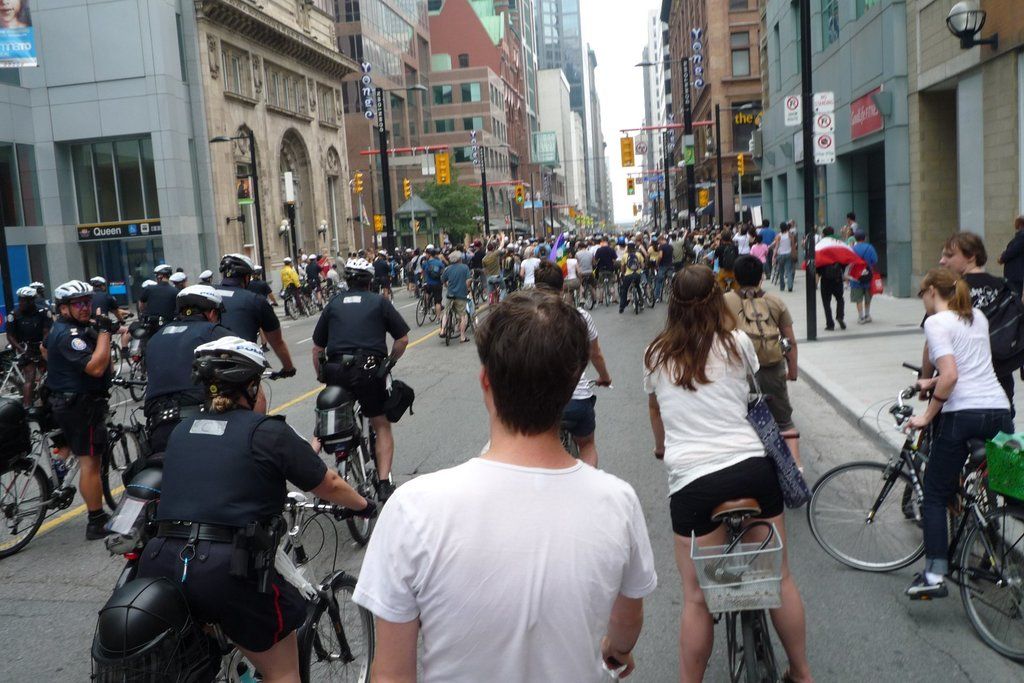Monitoring automobiles and bicycles: Unauthorized analysis of Halifax's morning rush-hour traffic flow
In the heart of Halifax, a heated controversy is brewing over the city's bike lanes. Mayor Andy Fillmore recently proposed a suspension on any new bike lane contracts, asking for a staff report on traffic capacity, congestion, and alternate network solutions first. However, the city council voted against this motion after a passionate rally involving hundreds of cyclists.
News Atlantic, our provincial news platform, decided to conduct an informal survey regarding the utilization of bike lanes in the city center. Using cameras set up at strategic spots like South Park St and Rainnie Drive during the morning rush, they counted vehicles, bikes, e-bikes, and scooters over a two-hour period.
On Rainnie Drive, between 8 a.m. and 10 a.m., a total of 424 cars passed by compared to 113 bikes and e-bikes using the bike lanes. South Park Street saw 1,489 cars driving past while 90 bikes and e-devices utilized the bike lanes. The survey revealed periods of emptiness in the bike lanes, but also times with heavier bike traffic.
Post the unofficial count, News Atlantic asked Halifax residents for their opinions on the bike lane debate happening at city hall. Sheri Thomas, a resident with visual impairments, stated she finds bike lanes to be a trip hazard and believes there should be fewer in the region. Adrienne Richy, an avid cyclist, emphasized she wants to be separated from cars, arguing that biking is her sole mode of transportation. Residents Sarah Fowler and David Blanchard supported the idea of dedicated bike lanes for cyclists, with Fowler expressing apprehension when driving near cyclists and Blanchard emphasizing the importance of understanding their respective places on the road.
Mayor Fillmore conveyed his concerns about excessive spending on bike lanes and worsening congestion, stating that the bike lane project's cost has quadrupled from its original estimate to nearly $100 million. One area that residents and businesses have raised concerns about is Morris Street. Fillmore expressed satisfaction with council's support for an alternative motion he introduced, which directs staff to return with other options for Morris that would maintain two-way traffic and avoid making congestion worse.
While there are opposing views within city council, Councillor Sam Austin argues that bike lanes are not the cause of traffic congestion. He emphasizes that as a growing city with limited road space, there is a need to shift the focus towards improving public transit and providing alternative transportation options.
In summary, the bike lane debate in Halifax hinges on arguments about safety, traffic congestion, costs, and the broader vision for the city's transportation network. While some support bike lanes due to safety benefits, reduced emissions, and improved public health, others raise concerns about traffic delays, project costs, and the impact of bike lanes on traffic flow and congestion. The council's recent decision to continue bike lane construction reflects the ongoing tension between prioritizing car traffic and advocating for a more bike-friendly city.
- The video footage count from News Atlantic's survey shows that more vehicles travel on Rainnie Drive and South Park Street compared to bikes and e-bikes using the bike lanes, indicating a higher usage of cars in the city.
- Environmental advocates like Adrienne Richy, an avid cyclist, believe that bike lanes play a crucial role in Halifax's transportation network, prioritizing cleaner transportation methods and promoting public health.
- In the ongoing debate about bike lanes in Halifax, Councillor Sam Austin suggests that alternative solutions for improving public transit and offering more transportation options will be critical, as the city continues to grow with limited road space.




